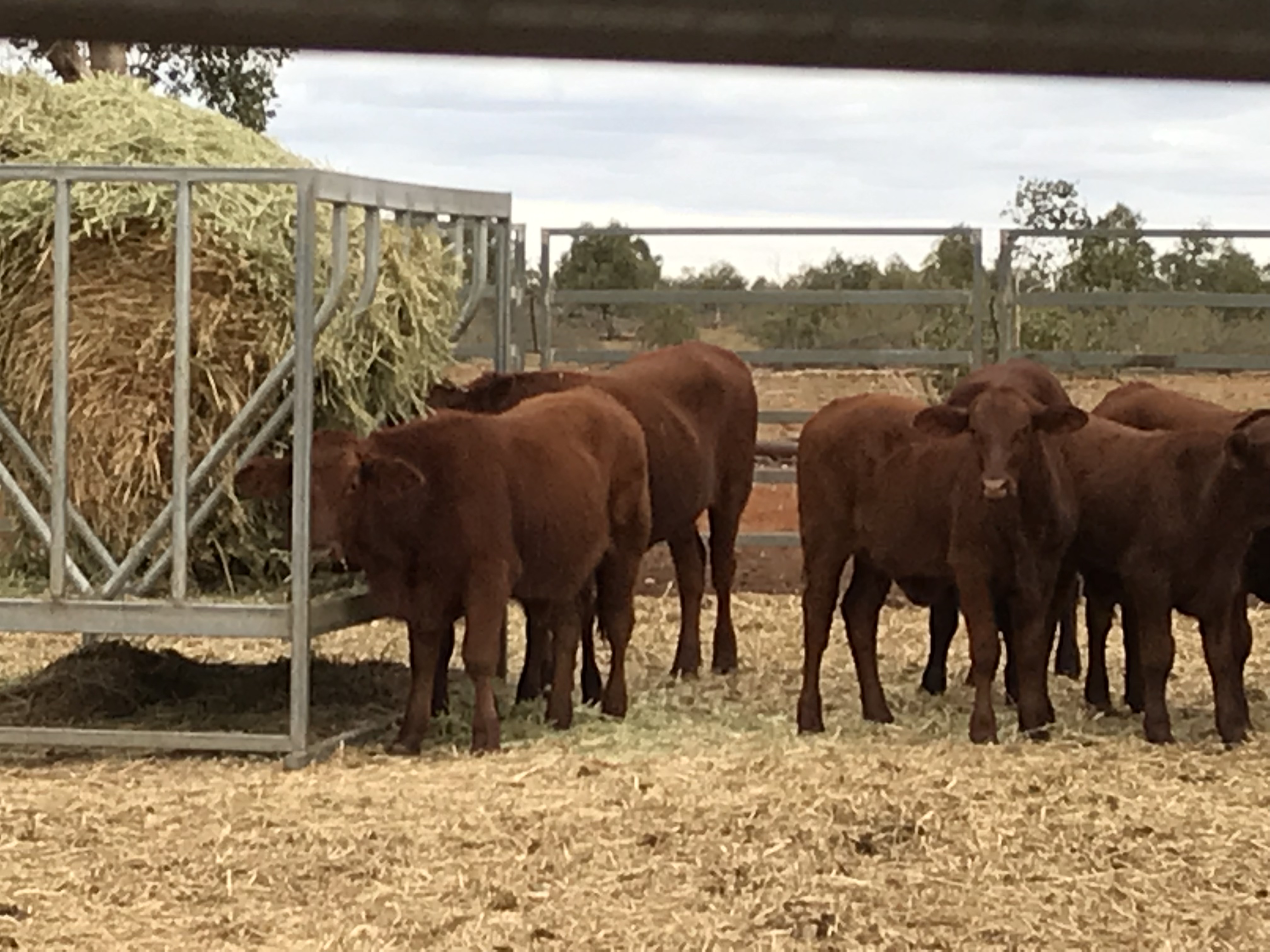Resilience strategies for small landholders Part 4: Duty of Care to animals
 The Resilience strategies for small landholders recorded webinar series is focused on supporting small landholders during times of drought and the subsequent recovery processes. This is part 4 of a 5-part webinar series.
The Resilience strategies for small landholders recorded webinar series is focused on supporting small landholders during times of drought and the subsequent recovery processes. This is part 4 of a 5-part webinar series.
In this session, Tracy Longhurst (Senior Project Officer, Biosecurity Queensland) discusses your obligations for ‘Duty of Care’ to your animals when faced with the challenges of dry conditions.
At what point do you make important decisions about the animals in your care?
Tracy will also expand on your legal requirements for managing the animals in your care. The topics being discussed include:
1. What is ‘Duty of Care’ for animals
2. What is appropriate care
3. Who is classed as a ‘person in charge’ of animals
4. Appropriate transportation of livestock / How to assess if animals are fit to load
5. What does transporting mean?
You can watch the full recording or use the playlist below to jump to the start of a particular section within the presentation. 17:33; published 12 May 2020 by FutureBeefAu.
Playlist
- Duty of care for animals – an overview
- What is appropriate care?
- Who is a ‘person in charge’?
- ‘Duty of care’ applies to all animals
- Transportation of livestock
- What does ‘transporting’ mean?
- Further information
Download a copy of the presentation – Duty of Care to animals (PDF, 1.0 MB)
Additional resources:
← Resilience strategies for small landholders Part 1: Grazing land management and pasture recovery
← Resilience strategies for small landholders Part 5: When euthanasia is the best option
A new website has been developed to support small landholders: Animals in drought →